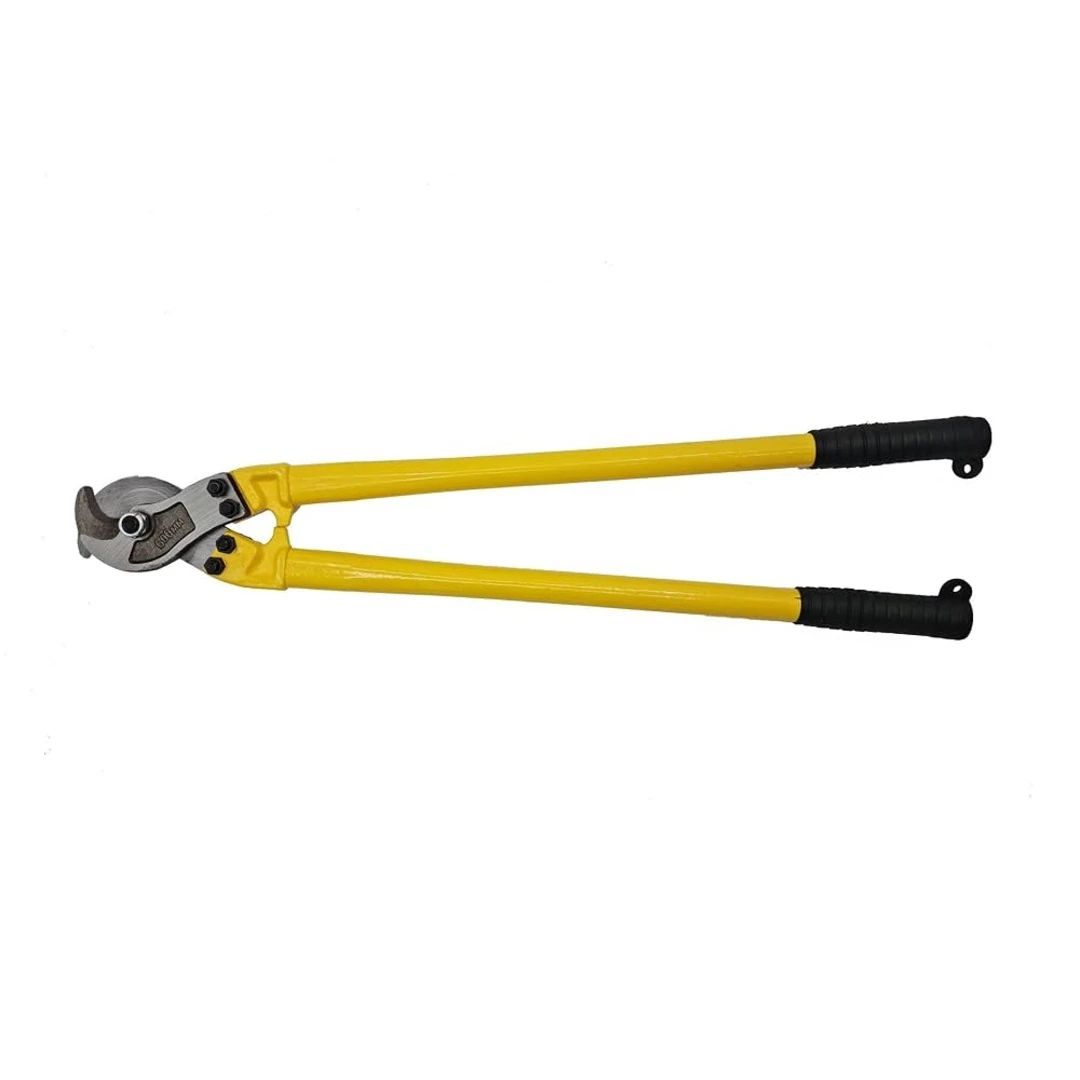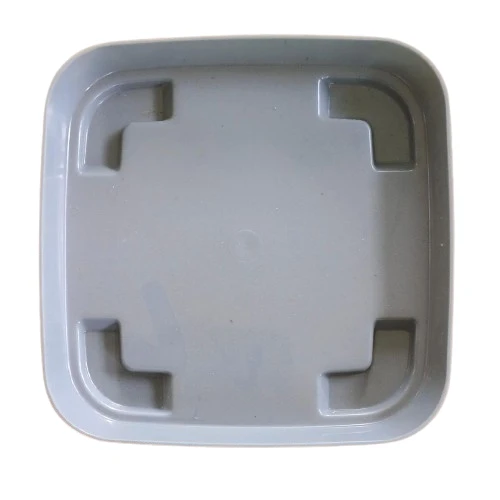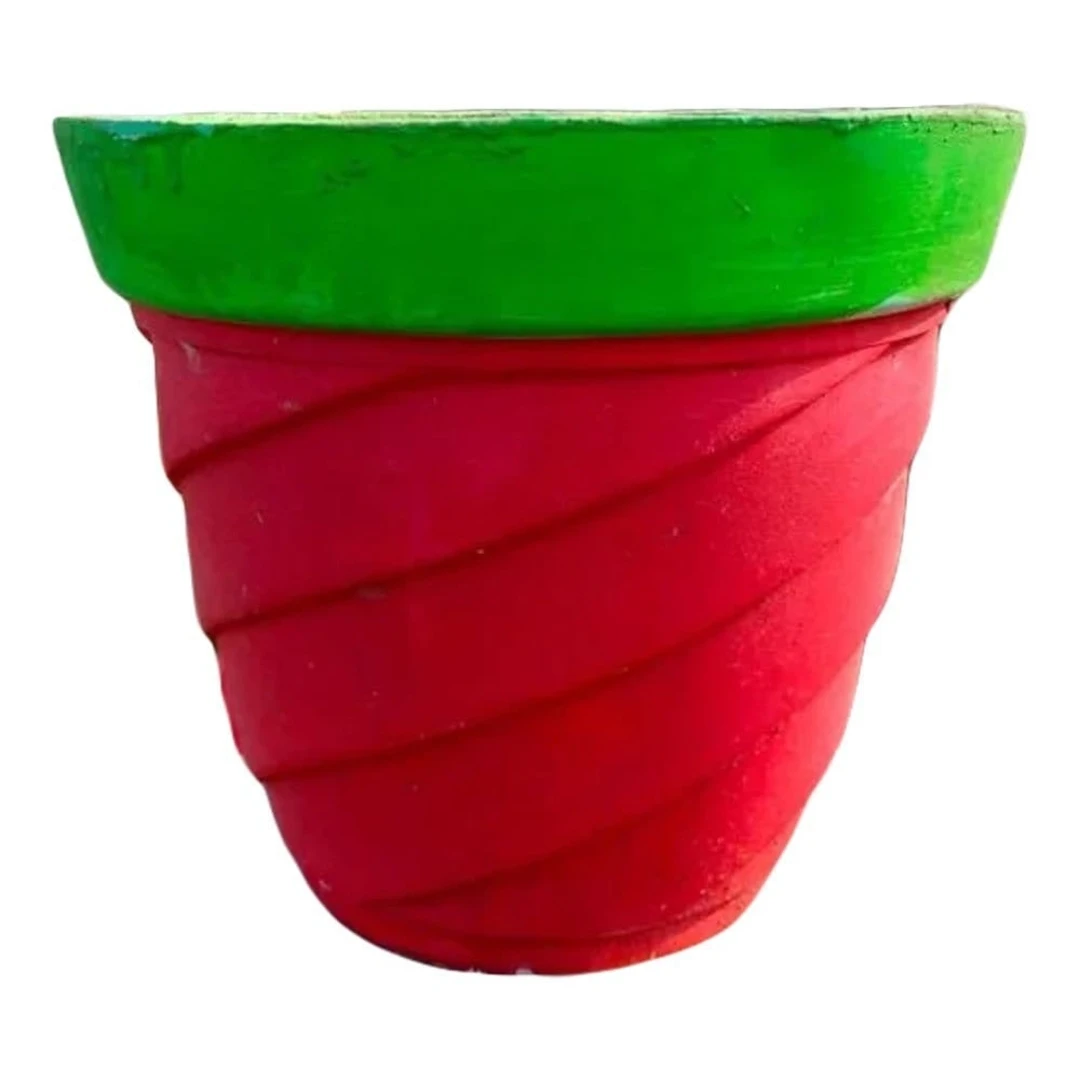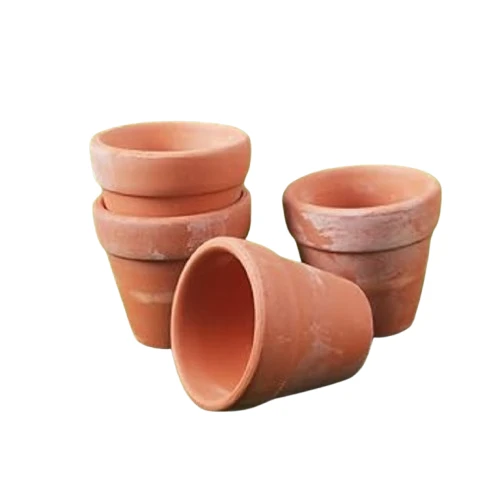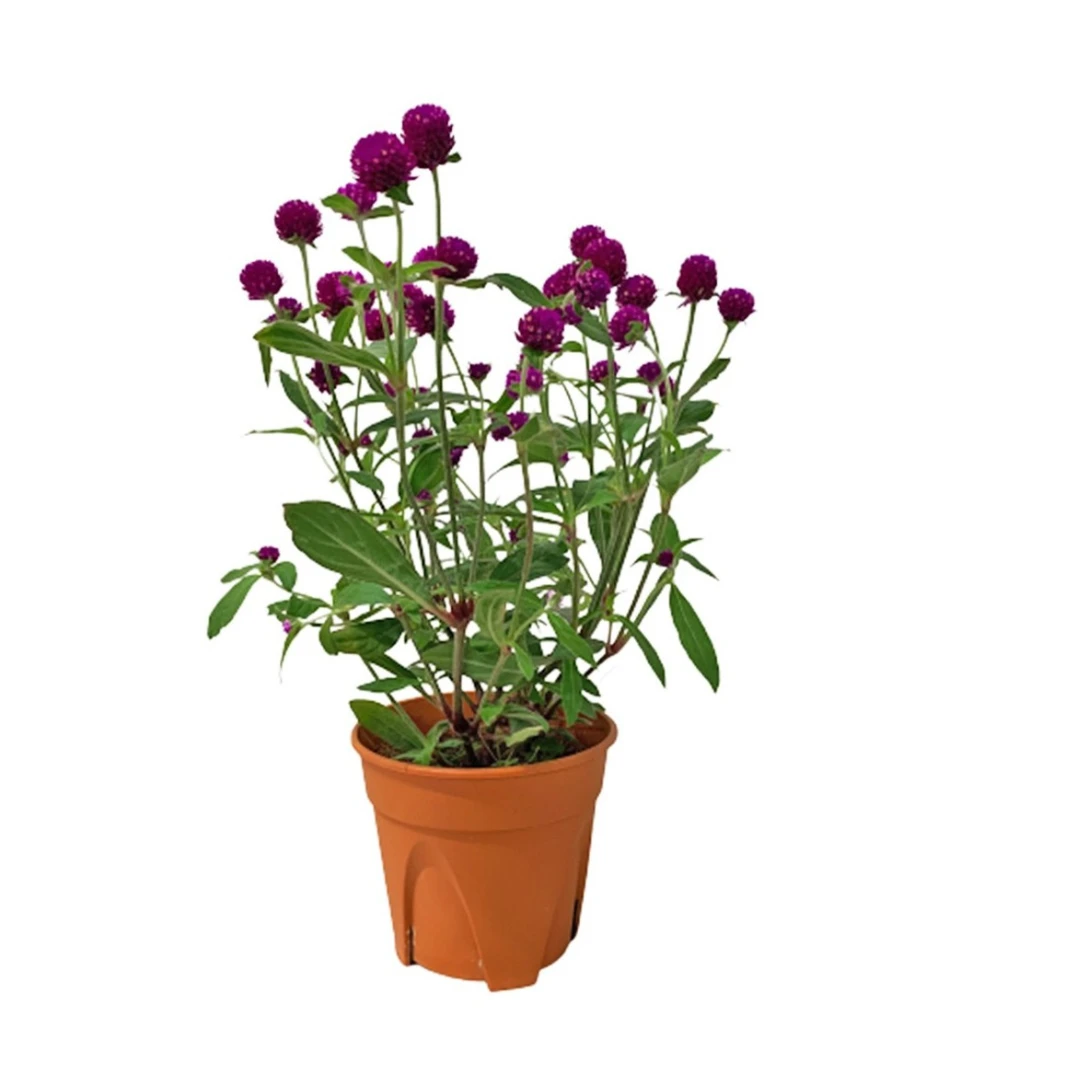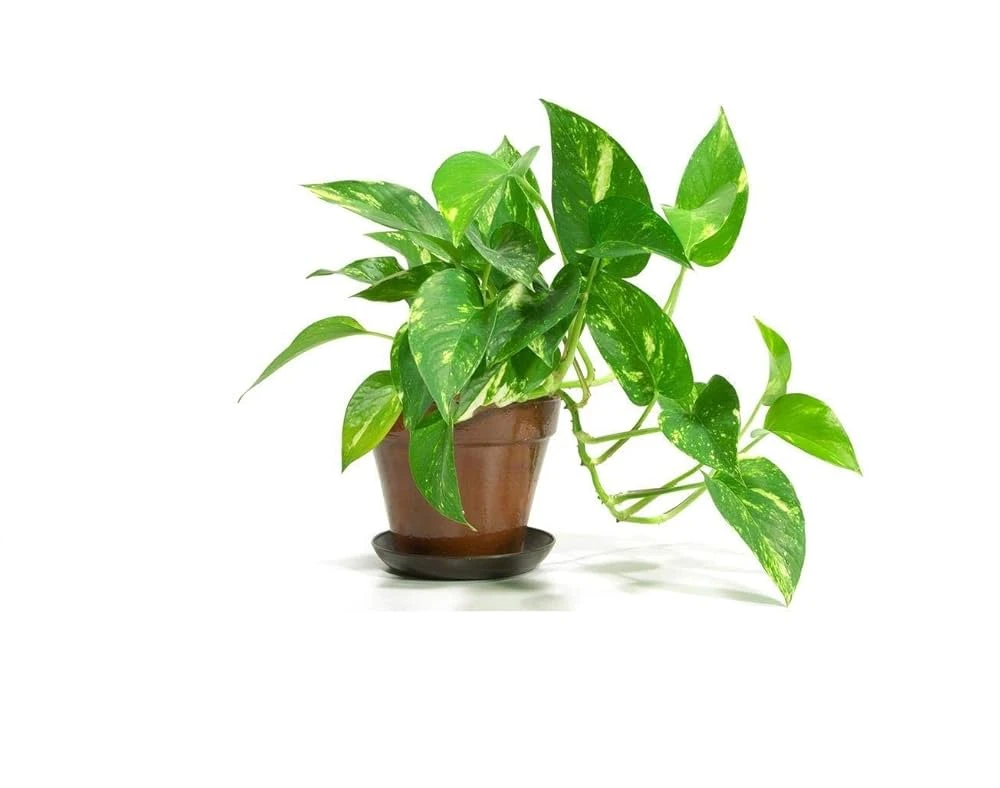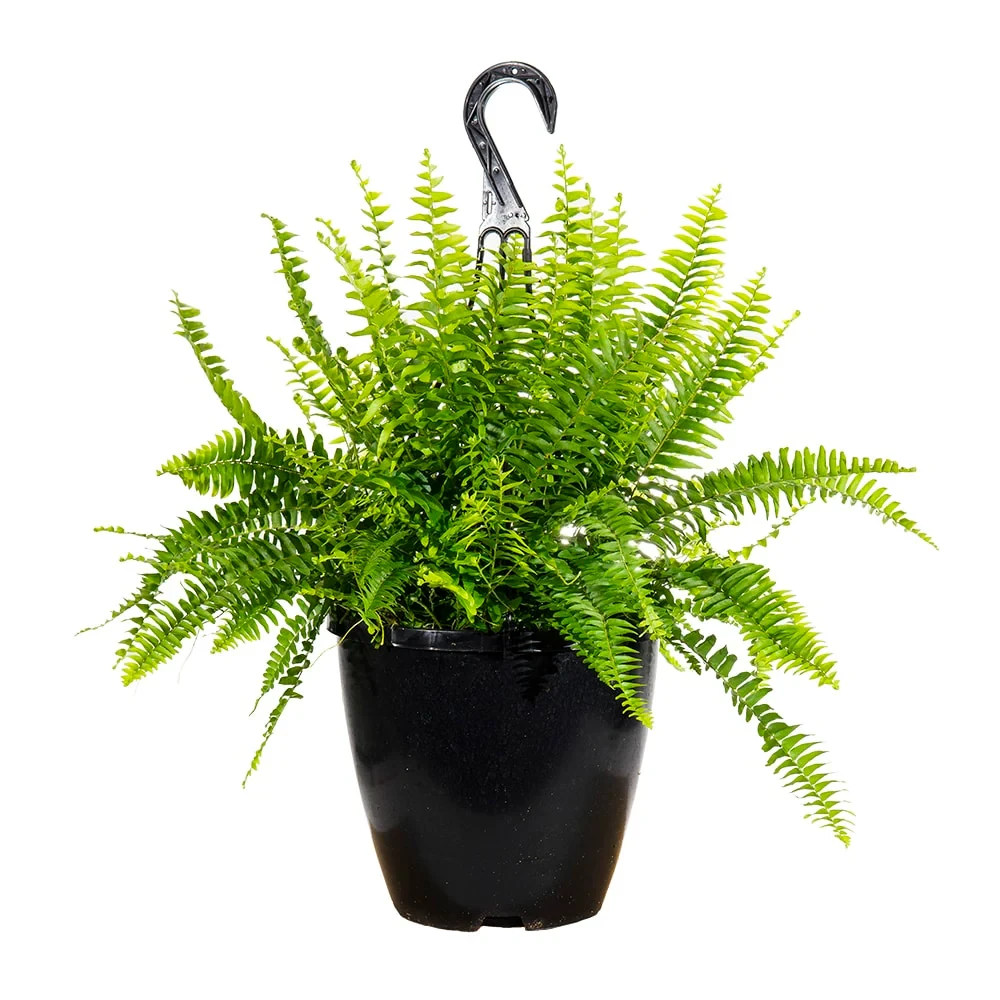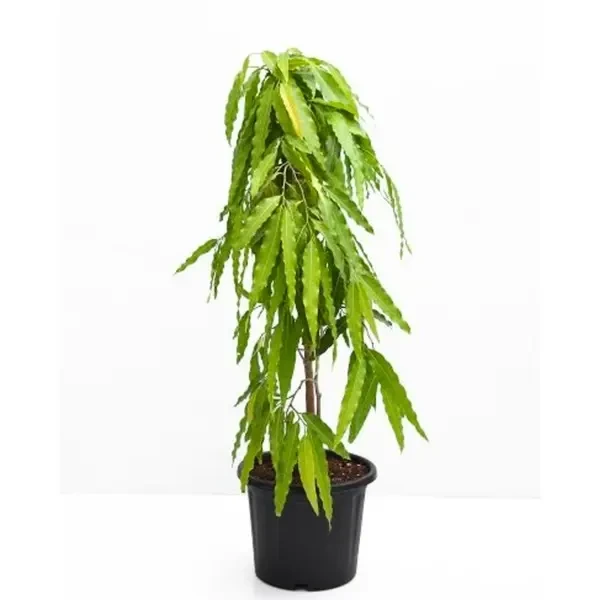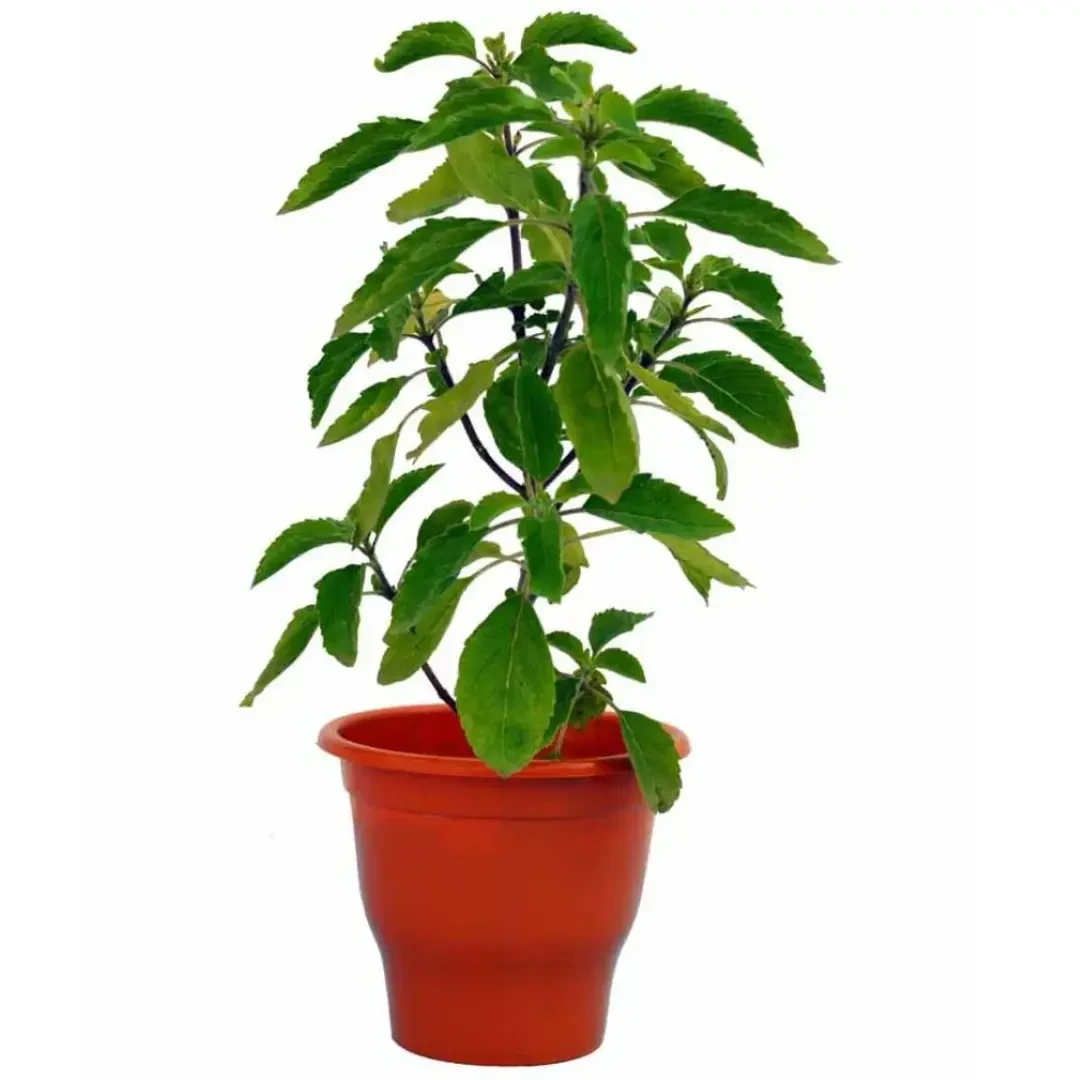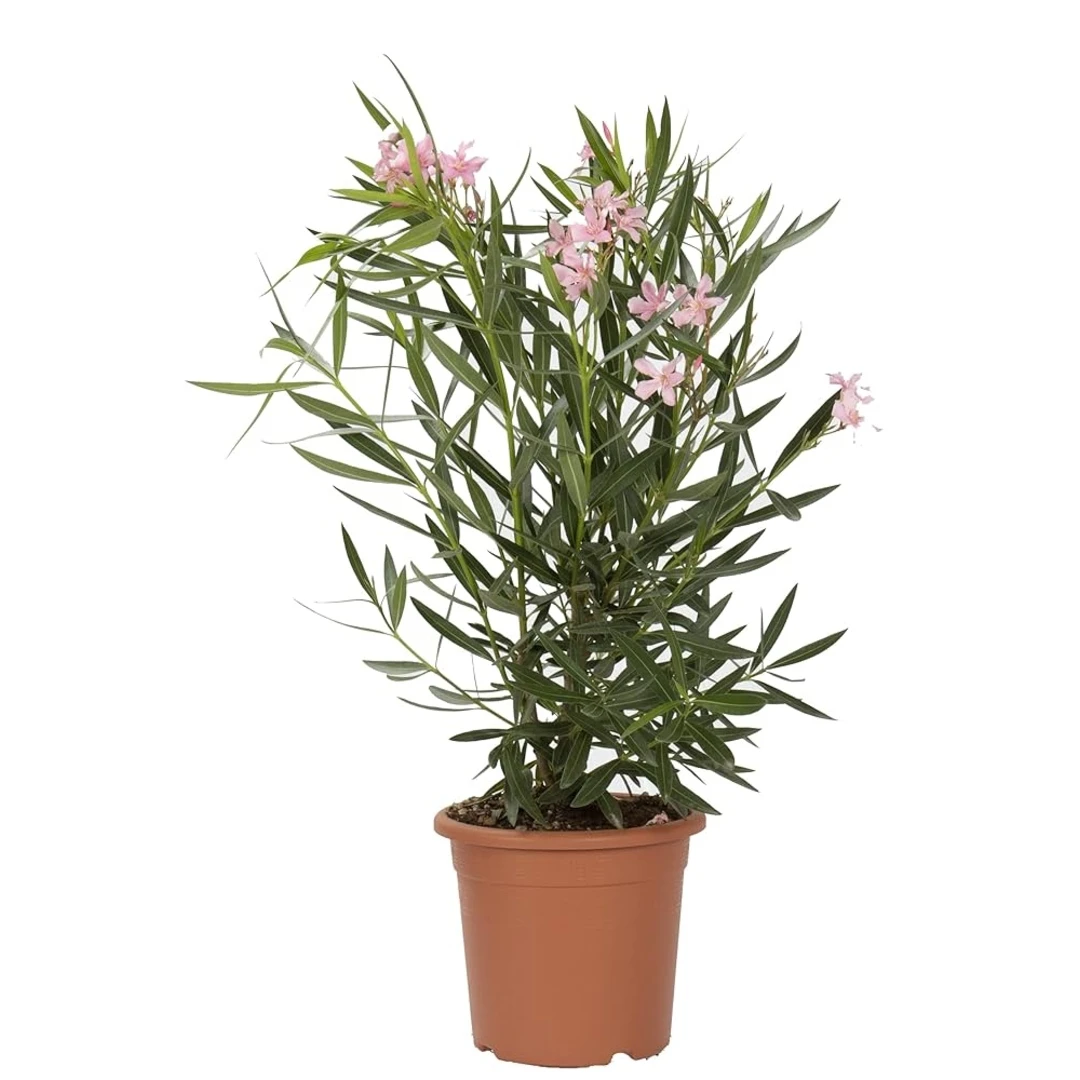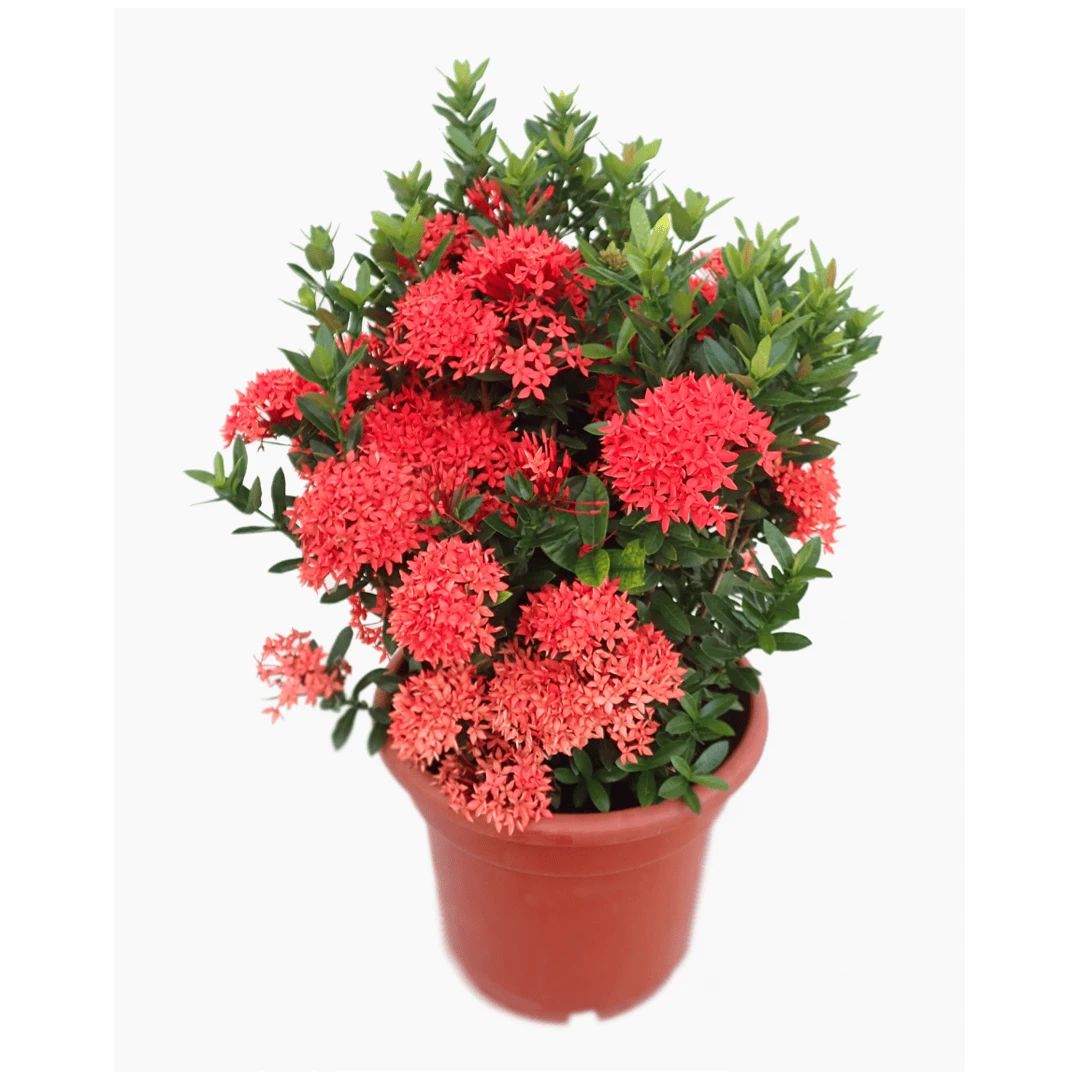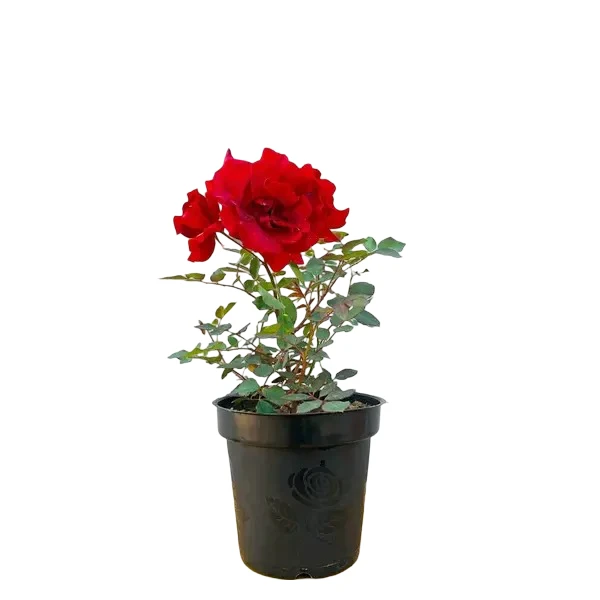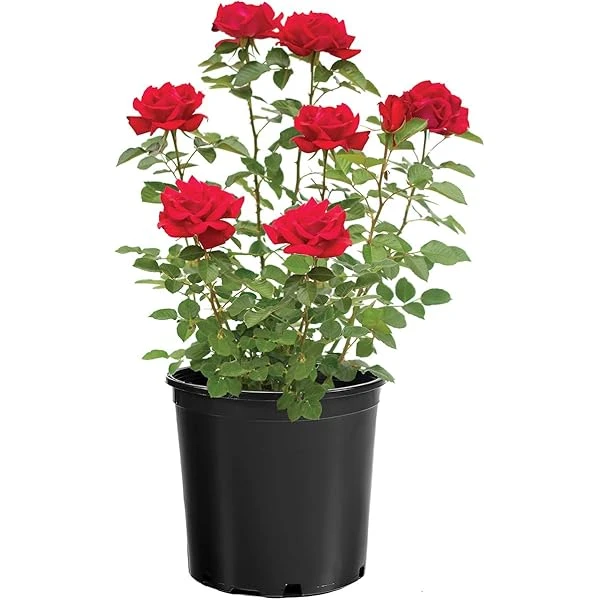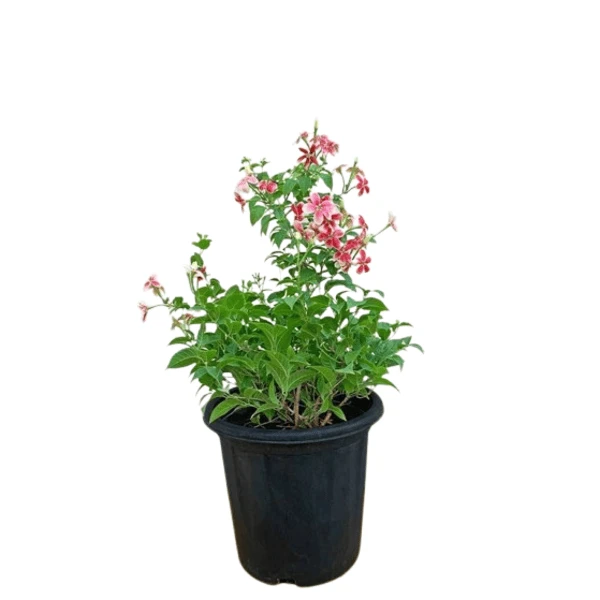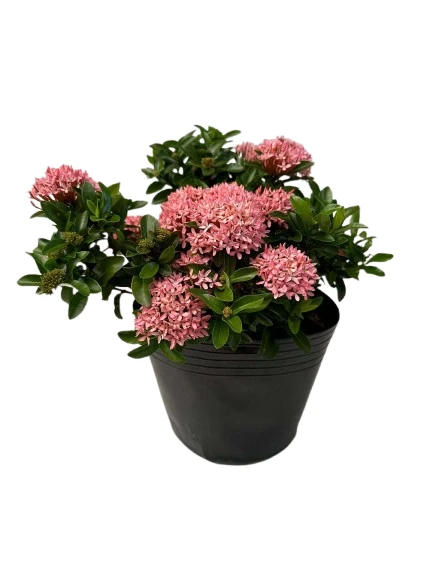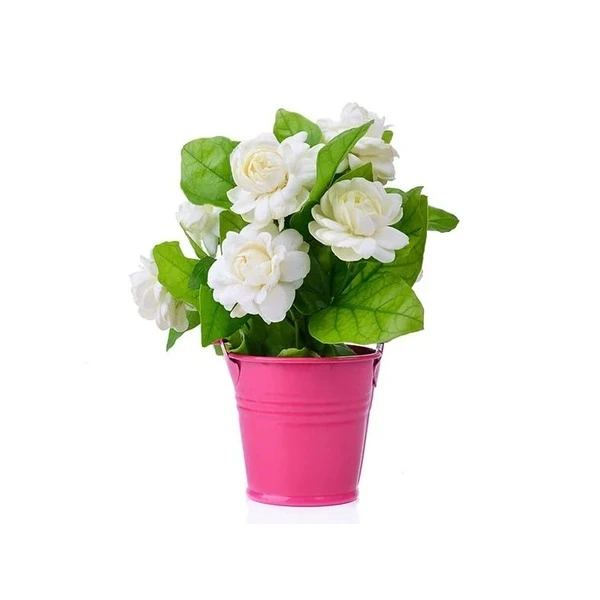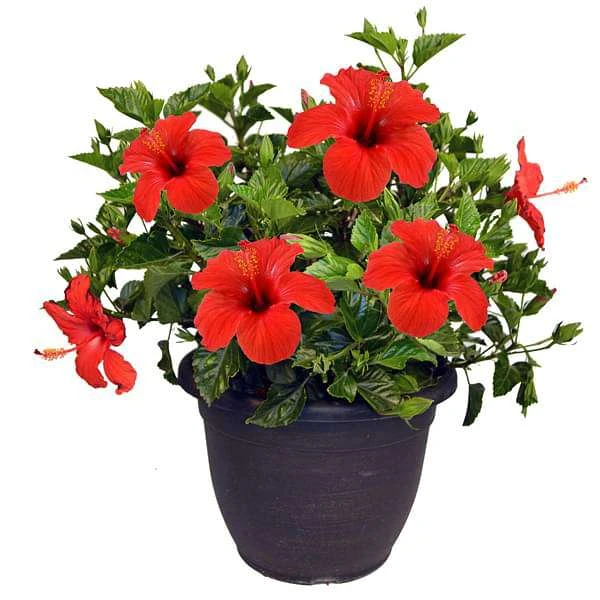Cypress plants are evergreen trees and shrubs known for their distinctive conical or columnar shapes and scale-like foliage. They are part of the Cupressaceae family, which includes a variety of conifers. Cypresses are characterized by their fragrant wood, which is often used in construction and other applications due to its durability and resistance to decay.
Key Characteristics:
Shape:
Cypresses can be conical or columnar, with some species having a more pyramidal form, especially when young.
Foliage:
Their leaves are typically small and scale-like, tightly overlapping and appearing like scales on the branches. Young trees may have needle-like leaves.
Cones:
Cypresses produce cones that are typically woody and round or ovoid, containing the seeds.
Wood:
Cypress wood is known for its strength, durability, and resistance to decay, making it a popular choice for construction, furniture, and other uses.
Longevity:
Some cypress species are known for their long lifespans, with some trees living for hundreds or even over a thousand years.
Varieties:
There are many different cypress species, including true cypresses (genus Cupressus) and false cypresses, with varying characteristics and uses. Examples include the Golden Cypress (often Chamaecyparis) known for its yellow-gold foliage, the Italian Cypress (Cupressus sempervirens) with its tall, slender form, and the Bald Cypress (Taxodium distichum) with its unique "knees".
Habitat:
Cypresses are found in various climates and regions, including warm, temperate areas of Europe, Asia, and North America.
Uses:
Landscaping:
Cypresses are popular ornamental trees in gardens and parks, prized for their shape, foliage, and ability to create a sense of formality or privacy.
Construction:
The durable wood of cypresses has been used for centuries in building structures like fences, docks, temples, and even palaces.
Other:
Cypress wood is also used for furniture, cabinetry, and other applications.











